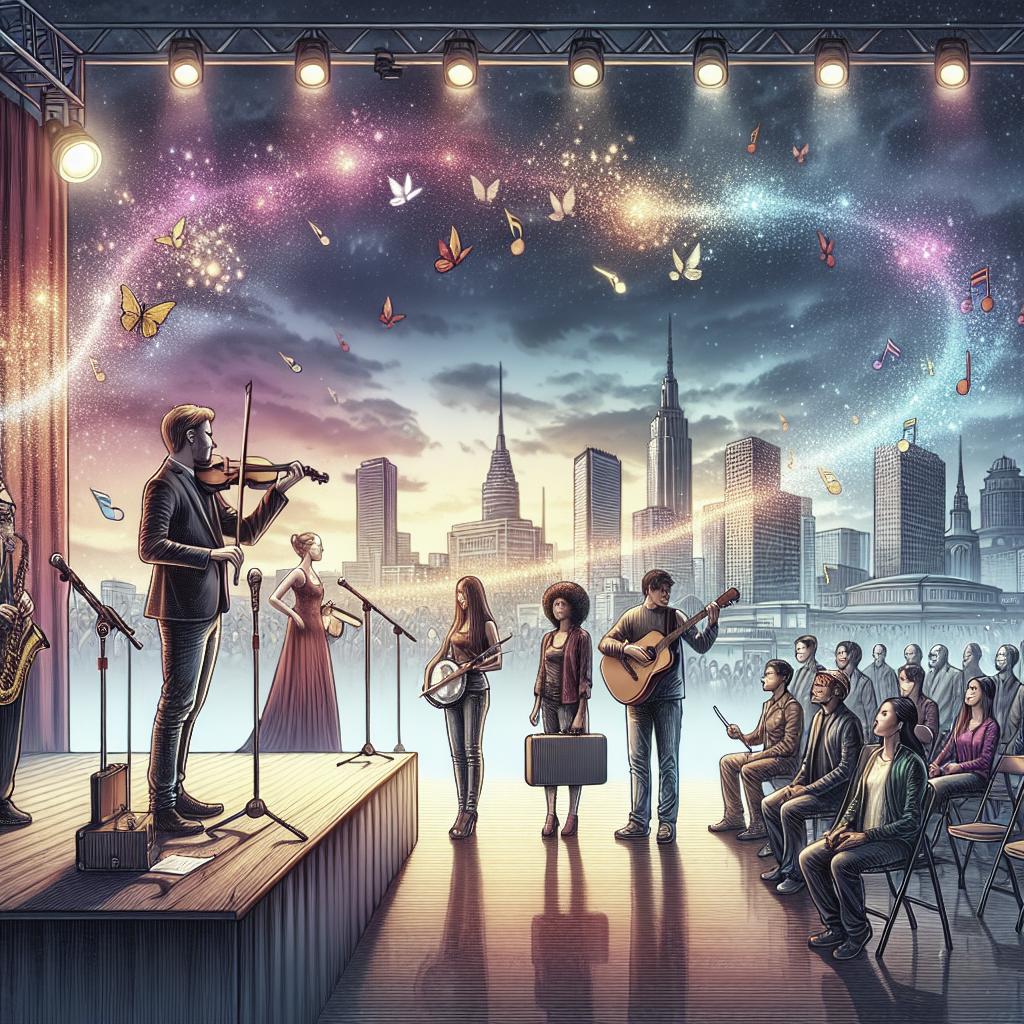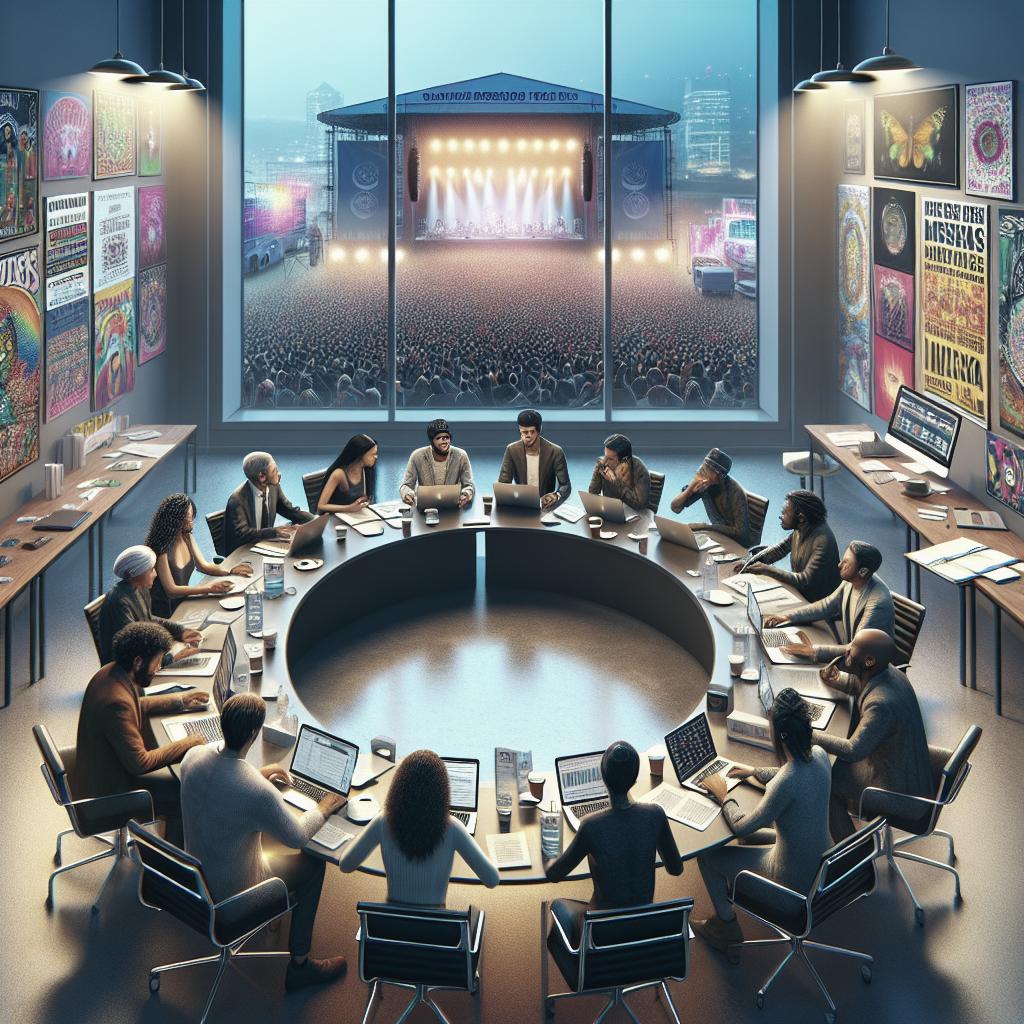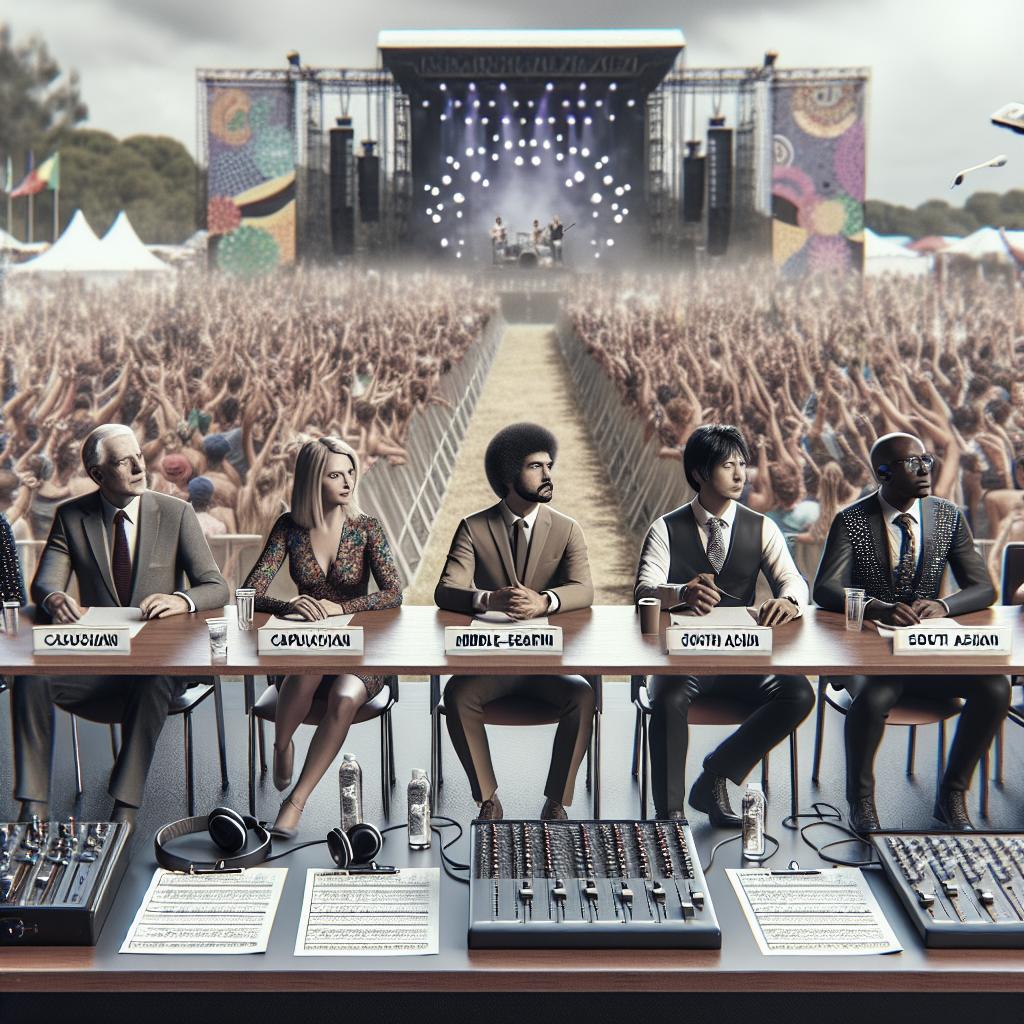<>
“`
Music festivals are dynamic events that bring together artists, fans, and industry professionals in celebration of music. While many festivals feature only established artists, some open their stages to new, emerging talents through public auditions. If you’re an aspiring musician with dreams of performing at a major festival, understanding which events offer this opportunity can be crucial. This article delves into the general philosophy of these festivals and covers various aspects such as costs, scheduling, public concerts, and living accommodations, providing a comprehensive guide for hopeful performers.
General Philosophy
The philosophy behind music festivals that hold public auditions is based on democratizing access to performance opportunities. These festivals believe in nurturing new talent by giving lesser-known artists a platform to showcase their skills. This inclusive approach not only diversifies the musical lineup but also enriches the overall festival experience.
For instance, festivals like “South by Southwest” (SXSW) and “Canadian Music Week” (CMW) have always prided themselves on being community-oriented. By holding public auditions, these festivals maintain their grassroots ethos and provide a stepping stone for unsigned and emerging artists to gain more exposure and potentially launch successful careers.
Public auditions are often judged by industry experts such as producers, record label executives, and seasoned musicians. This ensures that the selection process is fair and merit-based. Artists selected through these auditions often have the chance to perform on smaller stages initially, with the possibility of moving to larger platforms as their popularity grows.
Costs
Participating in public auditions at music festivals can incur various costs. Firstly, there is usually an application fee ranging from $25 to $100. This fee helps the festival cover administrative costs and ensures that only serious applicants are considered.
Besides the application fee, musicians should also prepare for additional expenses such as travel, accommodation, and equipment transport. Festivals may or may not cover these costs, so it’s vital to check their specific policies. For instance, SXSW offers various badges and packages that may include certain benefits, but artists often need to budget for additional needs.
Organizations like “Emerging Artists Network” sometimes offer grants or sponsorships to help offset these costs. It’s worth looking into support programs that can alleviate some of the financial burdens associated with participating in public auditions at music festivals.
Scheduling
The scheduling of public auditions varies from festival to festival. Generally, application deadlines are set months in advance, giving artists ample time to prepare their applications and audition materials. For instance, CMW usually opens its application process six months before the event, with auditions held three months prior to the festival dates.
Time slots for auditions are typically distributed over several days to accommodate the high number of applicants. Festivals may also categorize auditions based on genres or experience levels to optimize the evaluation process. It’s crucial for artists to stay informed about these timelines to ensure they don’t miss out on valuable opportunities.
After auditions are complete, selected artists are often given a specific slot in the festival lineup. These slots are usually announced weeks in advance, allowing artists ample time to promote their impending performances and draw in their fanbase.
Public Concerts
One of the most exciting aspects of being selected through public auditions is the opportunity to perform at well-attended public concerts. These performances often take place on smaller stages or during less peak hours of the festival, but they still draw considerable crowds. This setting provides emerging artists with invaluable experience and exposure.
Performing at a public concert as part of a music festival offers more than just visibility; it also provides networking opportunities. Artists can connect with other musicians, industry professionals, and fans who may play a significant role in their future careers. Festivals like “Glastonbury Emerging Talent” offer special networking sessions and workshops to help artists make the most out of their festival experience.
In addition to the live performances, many festivals offer recording opportunities or live streams, further expanding the reach of the participating artists. This multimedia exposure can be a game-changer for emerging talents looking to build their online presence and fanbase.
Living Accommodations
Living accommodations can vary widely depending on the festival. Some festivals provide basic dormitory-style lodgings, while others might offer campsites or partner with local hotels for discounted rates. For example, artists performing at “Bonnaroo” often have the option to camp on-site, which can be both cost-effective and convenient.
It’s crucial for musicians to research and plan their living arrangements well in advance. Some festivals, like SXSW, operate in urban settings where hotel accommodations are more common. In contrast, rural or wilderness-based festivals may require artists to bring their own camping gear.
Occasionally, festivals will provide accommodations as part of an artist’s package, especially if the event is relatively remote or if the artist has a prominent slot. Yet, as always, it’s essential to verify these details early to manage expectations and prepare adequately.
Summary of main points
| Aspect | Details |
|---|---|
| General Philosophy | Inclusive approach; judged by industry experts; diversifies lineup |
| Costs | Application fees; travel; accommodation; potential grants/sponsorships |
| Scheduling | Early deadlines; multiple audition days; a mix of genres/experience levels |
| Public Concerts | Performance opportunities; networking; potential recording/live streams |
| Living Accommodations | Varied lodging options; early planning essential; possible festival-provided accommodations |
“`


